
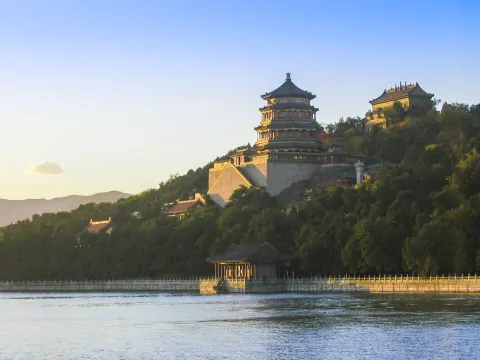
10days/9nights
Tour grade: Easy


Style: Private Tour
Experience the wonders of China on this expertly curated highlights tour. Marvel at the Great Wall of China, explore the ancient Forbidden City, and be awestruck by the legendary Terracotta Warriors. Immerse yourself in Chinese culture and history with guided tours to Xi'an, Beijing, and Shanghai. Perfect for travelers who want to witness China's most iconic sites and hidden gems in one unforgettable journey.

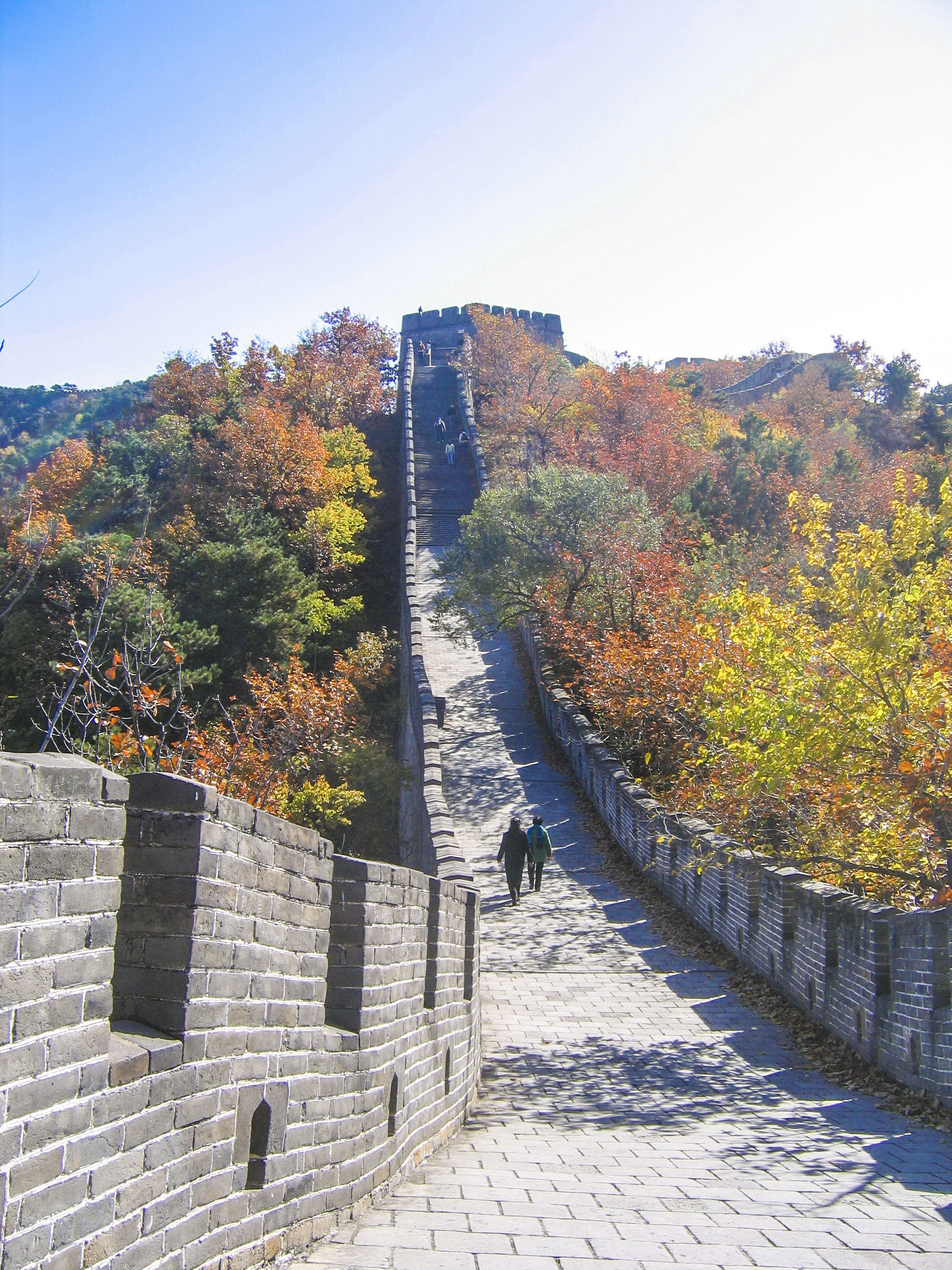
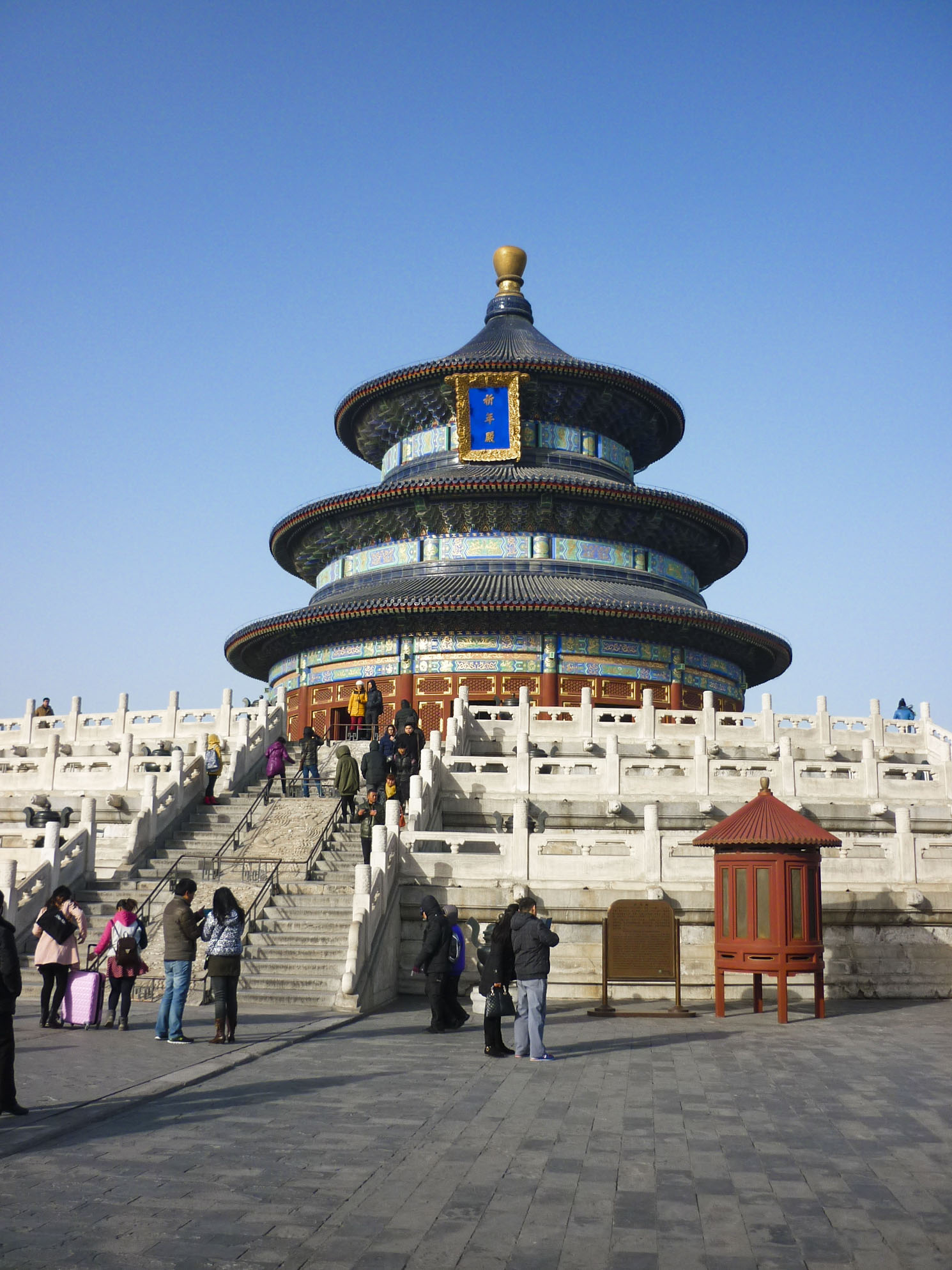
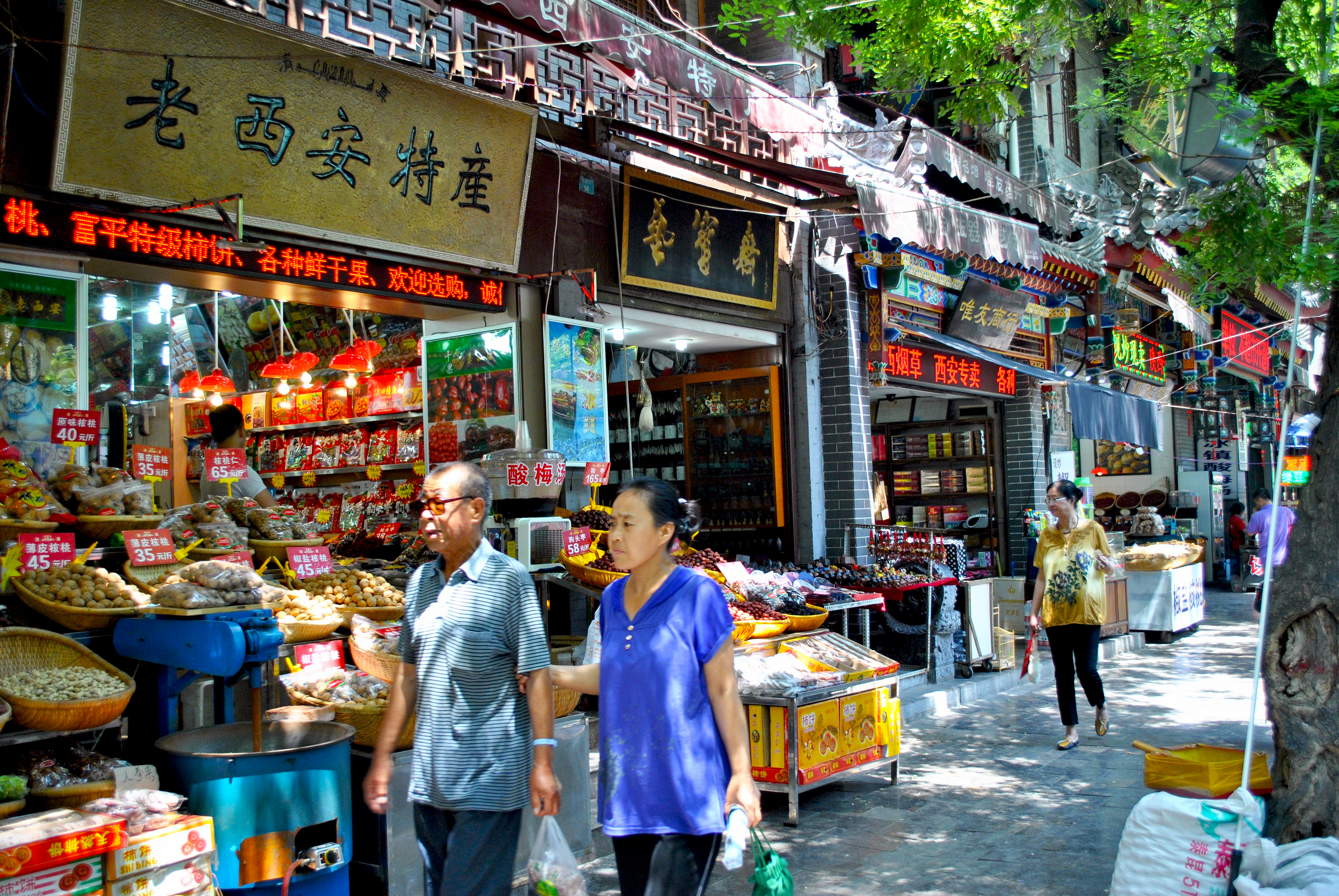
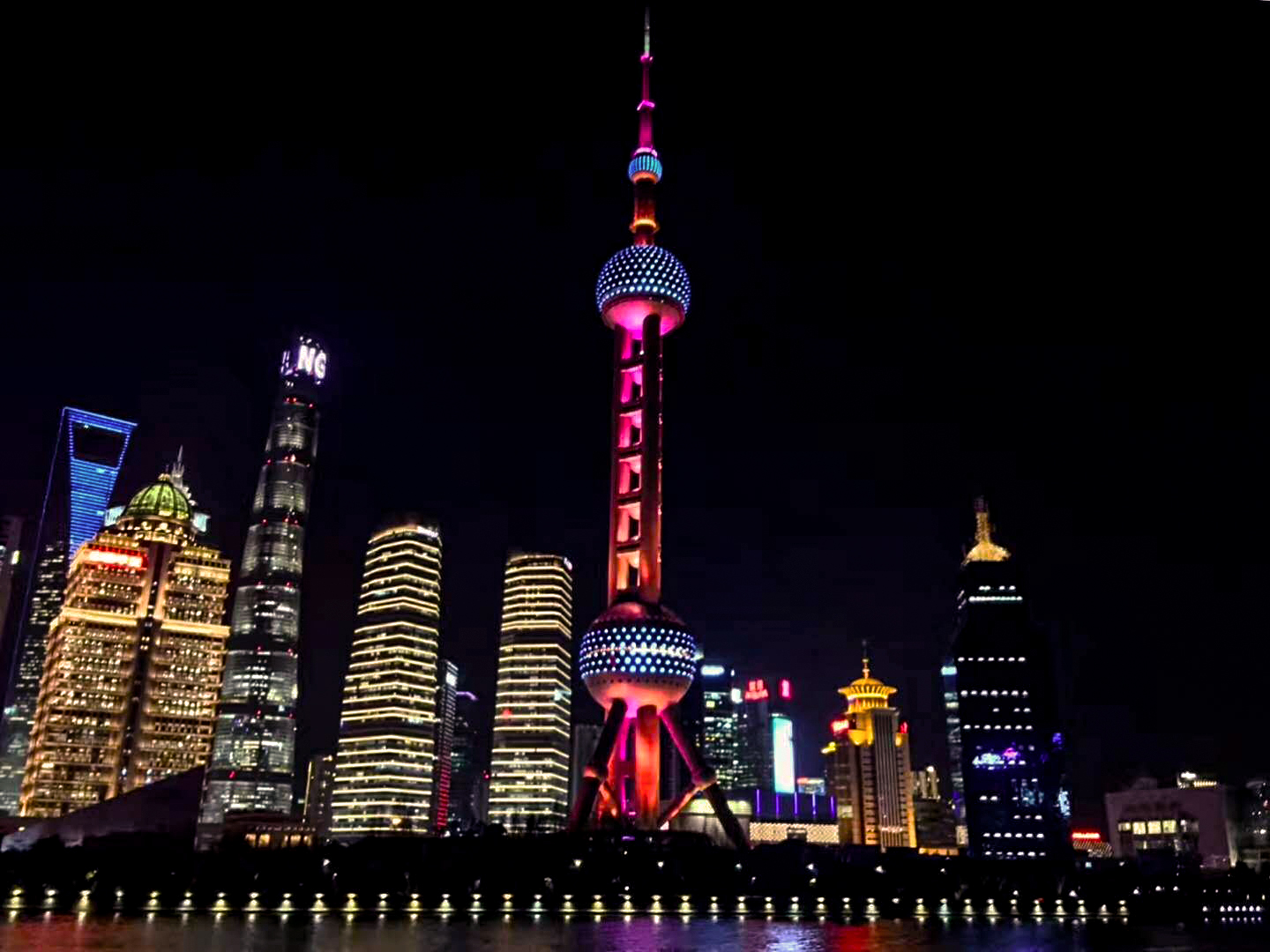
Arrival in Beijing, China
Welcome to China!
Touch down in Beijing and meet your guide for a one-hour private transfer to your downtown hotel.
If you are landing at Daxing International airport, after meeting the guide and checking your luggage, you may spend some time sightseeing at the new airport of Beijing to discover its marvelously laid Chinese elements.
Accommodation
Hotel 4-star
Meals Included
Sightseeing in Beijing
Your tour today will begin at Tiananmen Square, a national icon that has witnessed many important historical and ceremonial events in China.
Walking through it, you will arrive at the Forbidden City, where Chinese emperors and their families lived for hundreds of years. By exploring the palaces and exhibits inside, you will learn the most well-known anecdotes about the ancient Chinese aristocracy and get a glimpse of China's long-gone imperial past.
This afternoon, make your way through Old Beijing's Hutongs. Enjoy a nostalgic rickshaw ride and Leisure Walking Tour in the Hutongs.
Accommodation
Hotel 4-star
Meals Included
Sightseeing in Beijing
Start the tour today from the Temple of Heaven, where you will appreciate the elegance of the architecture itself and watch the locals doing morning exercises: playing Tai Chi, dancing with swords, and practicing Chinese calligraphy on the ground with a huge brush and water.
Afterwards, drive about two hours to visit the Great Wall (the less-crowded Mutianyu section). Get on the impressive ramparts with a cable car, hike up a little further to take in the imposing surroundings, and then descend by cable car again for the returning journey back to Beijing.
Accommodation
Hotel 4-star
Meals Included
Beijing - Xi'an
The Summer Palace, an imperial garden with lakes, artificial hills, and a broad range of ancient constructions, will be your destination after breakfast. In beautiful weather, a boat trip on Kunming Lake is the perfect way to unwind.
After that, you'll be transferred to the station to board the high-speed train for Xi'an. Your local private guide and driver will be waiting to greet you at the train station and take you to your hotel for rest.
Accommodation
Hotel 4-star
Meals Included
Xi'an
The Terracotta Warriors make Xi'an famous around the world. Today, you will encounter this legendary army, which has guarded the first emperor of China, Qin Shihuang, since 210 B.C. Though had been buried underground for more than 2,200 years, these lifelike soldiers seem to tell you different stories through their vivid facial expressions.
After it, Visit a Local Family including lunch. Visiting a local family should be a nice way to get a deeper understanding of Xi'an, especially in the aspects of their daily life and cuisine. You can communicate with the local family and learn how to make dumplings, hand-pulled noodles, and homely dishes.
Accommodation
Hotel 4-star
Meals Included
Full day city tour in Xian
Firstly you will visit Big Wild Goose Pagoda which is a well-preserved ancient building and a holy place for Buddhists. This square-brick tower in pavilion type, by tower base, tower body, and tower top composition, is a good example of Chinese traditional architecture.
Followed by a visit to the Ancient City Walls and The Great Mosque of Xi'an, which is one of the four grand Islamic mosques in China with a history of more than 1,200 years.
Go to Gao's Courtyard, a well-preserved house of Ming and Qing dynasties, with a history of more than 400 years. Calligraphy experience at Gao's Courtyard.
After it, wander and pass through the Muslim Street, linked with shops selling a large variety of interesting local delicacies, snacks, and souvenirs. It is also packed with small restaurants serving typical Muslim food.
Accommodation
Hotel 4-star
Meals Included
Xi'an - Shanghai
Today is leisure until transfer to the airport for a flight to Shanghai. Upon arrival, be met and escorted to your hotel for check-in and rest.
Accommodation
Hotel 4-star
Meals Included
Shanghai
After breakfast, you will have a leisure time at Yuyuan Garden - a traditional Chinese garden. Its exquisite pavilions, unique stones, corridors, and rockeries must attract you a lot. It is just like an old town in Shanghai. It is also an old garden built in Ming Dynasty, bringing you into the history Shanghai past. You may also buy some little handicrafts and souvenirs at Yuyuan Bazaar.
In the late afternoon, you will get a bird eye's view of the whole city atop of Shanghai Tower (118th floor) and visit the Former French Section, the Bund.
Accommodation
Hotel 4-star
Meals Included
Shanghai
After breakfast, take a one-hour journey to Zhujiajiao Water Town, which boasts a history of over a thousand years. Step into the ancient town and marvel at the beauty of the traditional Jiangnan water village.
Accommodation
Hotel 4-star
Meals Included
Departure from Shanghai, China
Today, you will be transferred to the airport for your fight to next destination.
End of service.
Accommodation
Hotel 4-star
Meals Included
TOUR DATES
If you prefer a private tour experience, simply click the "Customize this tour" button located at the bottom of the page to personalize the itinerary according to your preferences. Upon submitting your request, our team of travel advisors will promptly provide you with a tailored proposal and quote.
TOUR PRICE
INCLUDED SERVICES
EXCLUDED SERVICES
The Forbidden City, Beijing, China
The Forbidden City stands in the center of Beijing. It is protected by high walls and a moat on all four sides and consists of dozens of halls and courtyards. The emperors of two dynasties, the Ming and the Qing, lived here with their families and hundreds of court ladies and palace eunuchs. From their throne in the Forbidden City they governed the country by holding court sessions with their ministers, issuing imperial edicts and initiating military expeditions. It was the home of 24 emperors of the Ming and Ching dynasties. Naturally it was the scene of many important events affecting the course of Chinese history, including political struggles and palace coups, some of them extremely tragic. After the republican revolution of 1911, the last emperor of the Ching Dynasty, then still a child, abdicated the next year. But he and his family and their entire entourage were allowed to stay in the palaces.
The Great Wall of China
Lying to the north of Juyong Pass, the Great Wall at Badaling is about 60 kilometers from the city proper of Beijing. The Gate-tower of the Juyong Pass was firstly constructed in the 18th year of the Hongzhi reign period of the Ming Dynasty (1505), with two gates, one in the cast and the other in the west. Over the eastern gate is a horizontal tablet, inscribed with the characters meaning "Outer Juyong Town," and the horizontal tablet over the western gate also has four characters, meaning "A Strategic Pass in the North." The Ming tombsare located at the foot of the picturesque Tianshou Hills in Changping County, Beijing, the Ming Tombs are 44 kilometers from the city proper. Altogether 13 emperors of the Ming Dynasty were buried here. Of them, Changling Mausoleum is well known for its grand architecture and Dingling Mausoleum for its excavated underground palace.
Tiananmen Square, Beijing, China
Tiananmen Square is the largest square in the world, where the five-star m. flag is raised ., dawn, an,. lowered at sunset everyday. Standing at the Tiananmen Gatetower, you will have a nice view of the splendid and magnificent square. The square is flanked by the Museum of Chinese History and the Museum of the Chinese Revolution on the east, the Great Hall of the People on the west, Zhenyangmen and the Arrow Tower on the south, the Monument to the People's Heroes at the center, and the Chairman Mao Memorial Hall at the southern end. Tiananmen Square attracts numerous Chinese and foreign tourists everyday.
Temple of Heaven, in Beijing, China
As the largest of the all existing temples in China, the Temple of Heaven was the place where the emperors of the Ming and Qing dynasties worshiped heaven and prayed for good harvests. The construction of the Temple of Heaven was completed in the 18th year of the Yongle reign period of the Ming Dynasty (1420). Its main structures include the Hall of Prayer for Good Harvests, the Imperial Vault of Heaven and the Circular Mound Altar. The Hall of Prayer for Good Harvests is a lofty, round structure supported by 28 wooden pillars, with a coneshaped deep blue-tile roof crowned with a gilded knob. The Imperial Vault of Heaven is surrounded by a circular wall, known as Echo Wall. If a person whispers close to the wall at any point, the voice can be heard distinctly at any other point along the wall.
Beijing Hutong - Hutong is an ancient city alley peculiar to Beijing. Beijing has more than 4,550 Hutong. Those surrounding the Forbidden City and taking Prince Gong's Residence as the center are the best-preserved. The buildings in Beijing hutong are mainly compounds with houses around a courtyard, also known as quadrangles. Narrow passages between these quadrangles linked one with the other are hutong. The hutong in Beijing was mainly formed in the Yuan (1279-1368), Ming and Qing dynasties. Tourists may have a tour of the 700-yearold hutong in Beijing by tricycle.


by Rafaella, Benedetta, Lidia

by Margaret Suganda
Let us design that dream vacation for you